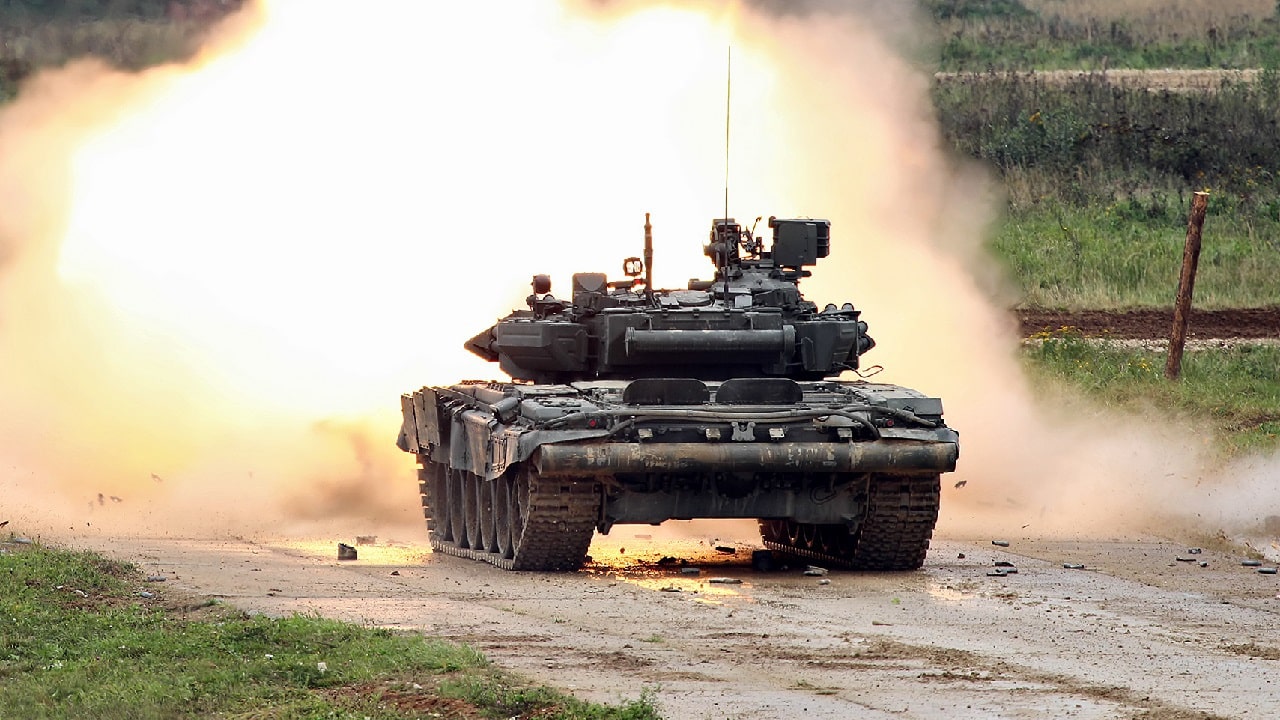On day 12 of the Russian invasion of Ukraine, Russian forces are still struggling to make any significant breakthroughs and meet their primary objectives. The Ukrainian military continues to resist fiercely and exact a heavy price out of the Russian forces.
A Bloody Stalemate
Russian forces are still trying to capture Kyiv, Kharkiv, and Mariupol, suffering heavy losses in the process.
The Ukrainian Ministry of Defense claimed that as of Monday, Ukrainian forces have killed, wounded, or captured approximately 11,000 Russian troops, destroyed 46 fighter, attack, and transport jets, 68 helicopters, 290 tanks, 117 artillery pieces, 999 armored personnel carriers, 50 Multiple Launch Rocket Systems (MLRS), two boats, 454 cars, 60 fuel tanks, 23 anti-aircraft batteries, and seven unmanned aerial systems. As always, the accuracy of these numbers is shrouded in a fog of war and expected hyperbole. But independent reporting of Russian casualties indicates that the Russian forces have lost almost 1,000 vehicles of all types.
“Ukrainian resistance against a Russian offensive towards Kyiv endures around the nearby towns of Hostomel, Bucha, Vorzel, and Irpin. Russia continues to directly target evacuation corridors, resulting in the death of several civilians whilst trying to evacuate Irpin. Due to heavy fighting in the town, it has reportedly been without heat, water or electricity for several days,” the British Defense Intelligence said on Monday.
Meanwhile, the air space above Ukraine remains contested as both combatants still have the majority of their fixed-wing aircraft and anti-aircraft systems available—a rather surprising fact in a modern-day battlefield.
“The airspace is still contested, but we do continue to assess that President Zelensky has the vast majority of his fixed-wing aircraft available to him to fly, and they are flying and they are continuing to use surface-to-air assets to defend the airspace, but it is still contested,” a senior U.S. defense official said on Monday.
According to the U.S. Department of Defense, the Russian military has committed nearly 100 percent of the combat power that it had prepositioned on the borders with Ukraine in the weeks and months prior to the invasion. Ukraine, for size comparisons, is roughly the same size as Texas.
Moreover, Moscow has launched more than 625 missiles against Ukrainian targets. The launched munitions are a combination of medium-range, close-range, surface-to-air missiles and cruise missiles; the majority of Russian missile strikes at the start of the war was short-range ballistic missiles, and the shift toward more diverse munitions suggests that the Russian military is running out of missiles and will have to replenish them by bringing more from elsewhere.
Cost of War and Russian Dissidents
Meanwhile, humanitarian concerns rise. As of Monday, the World Health Organization (WHO) has confirmed seven attacks on Ukrainian healthcare infrastructure, such as hospitals. Since the start of the conflict, hundreds of civilians have been killed and thousands wounded, primarily by the indiscriminate fire of Russian troops.
The material damage is also serious. The Ukrainian Infrastructure Minister Oleksander Kubrakov said on Monday that the Russian invasion has thus far caused $10 billion in infrastructural damage to Ukraine.
Although Russian President Vladimir Putin is trying to spin the invasion as a valorous and righteous undertaking for the consumption of the Russian people, there is dissent within his borders. Thousands of ordinary people all across Russia have been arrested for protesting against the war. The Kremlin, meanwhile, has prohibited the use of “invasion” or “war” to describe the Russian military operation.
1945’s New Defense and National Security Columnist, Stavros Atlamazoglou is a seasoned defense journalist specializing in special operations, a Hellenic Army veteran (national service with the 575th Marine Battalion and Army HQ), and a Johns Hopkins University graduate. His work has been featured in Business Insider, Sandboxx, and SOFREP.

